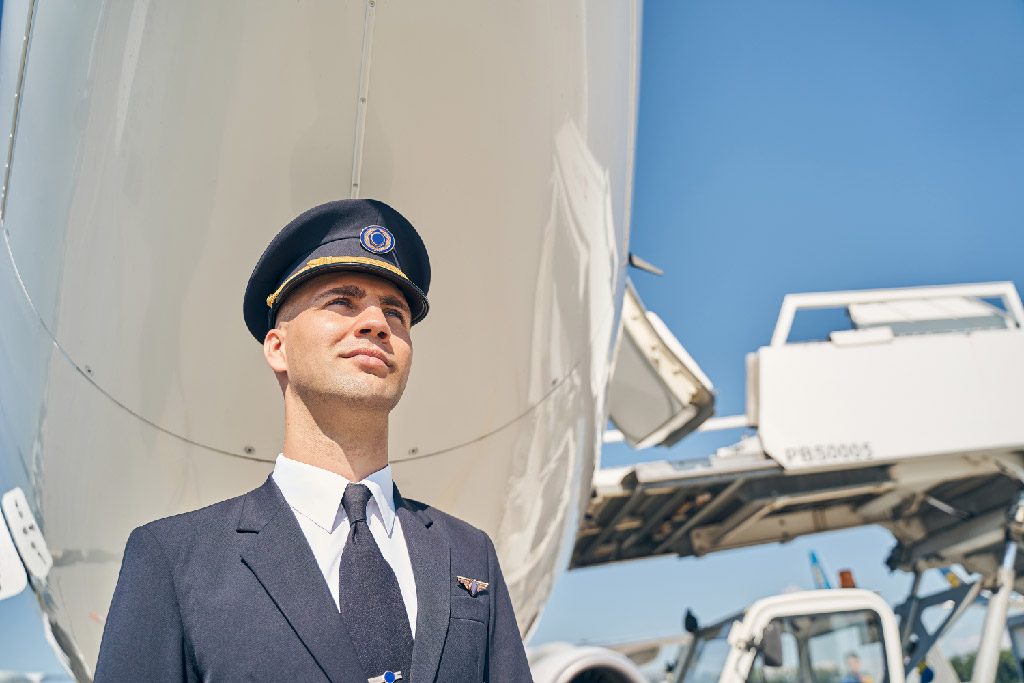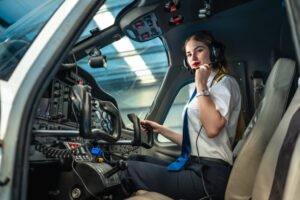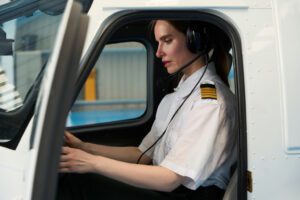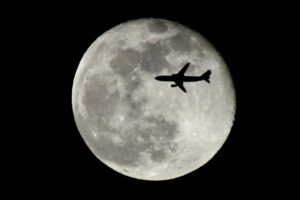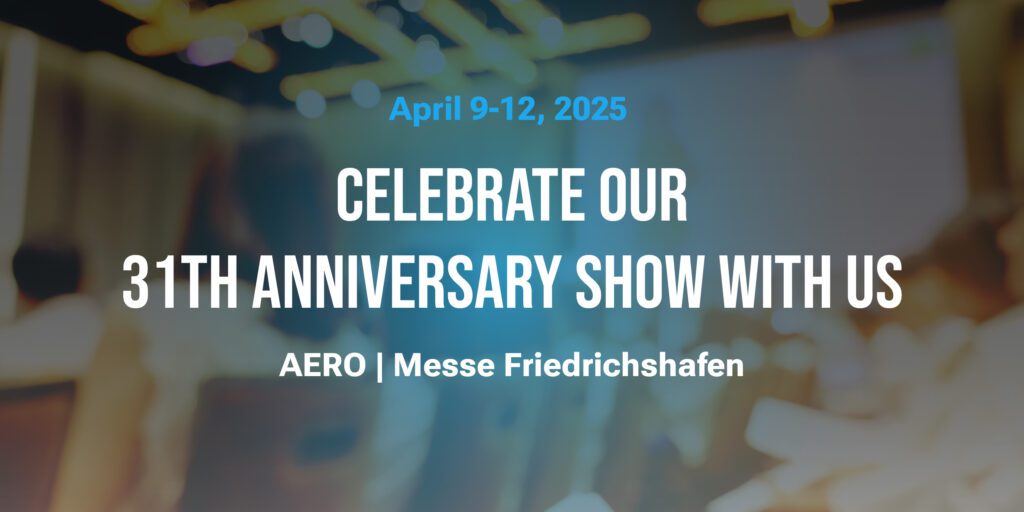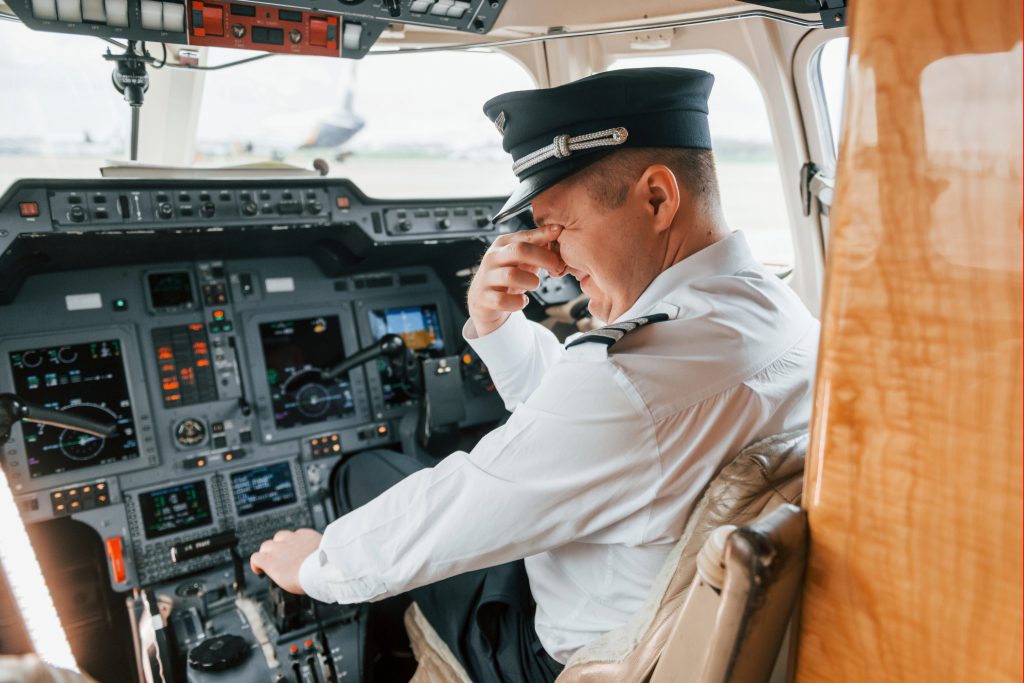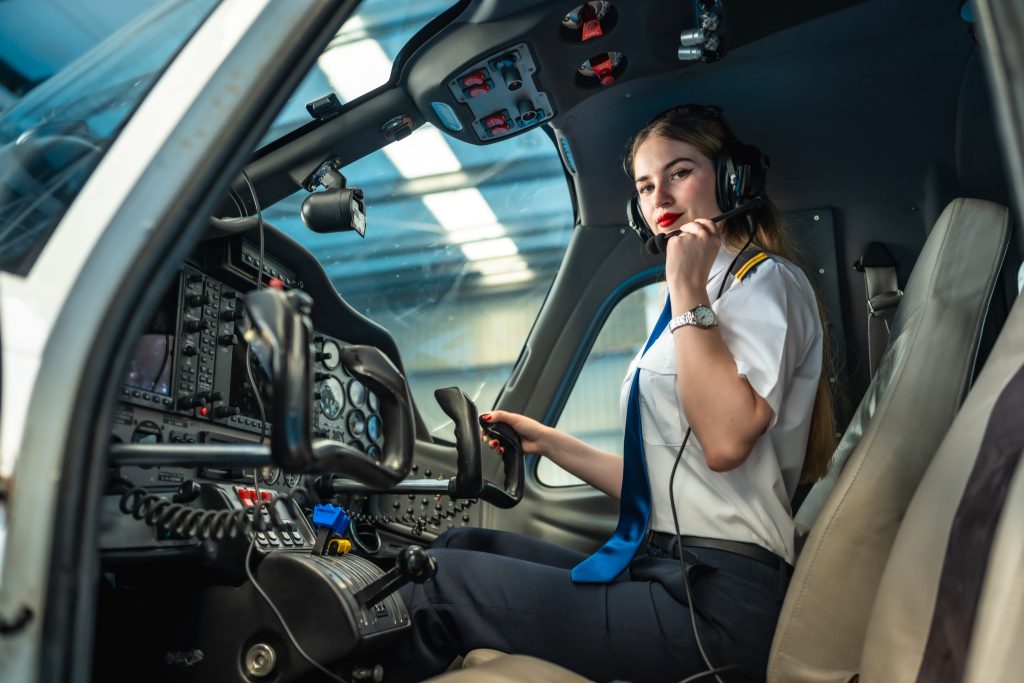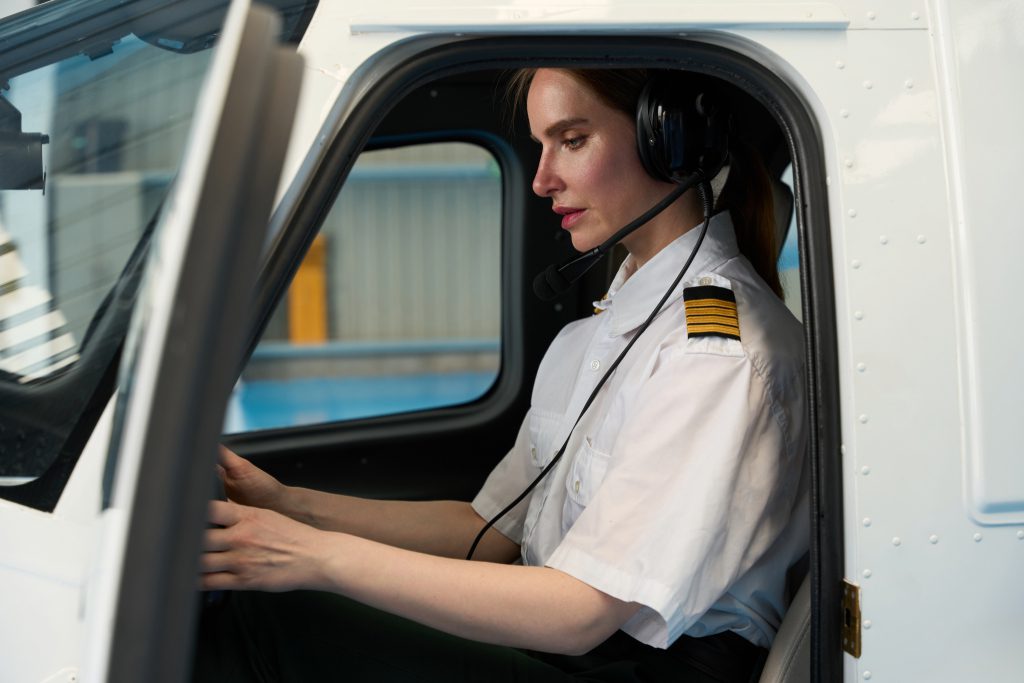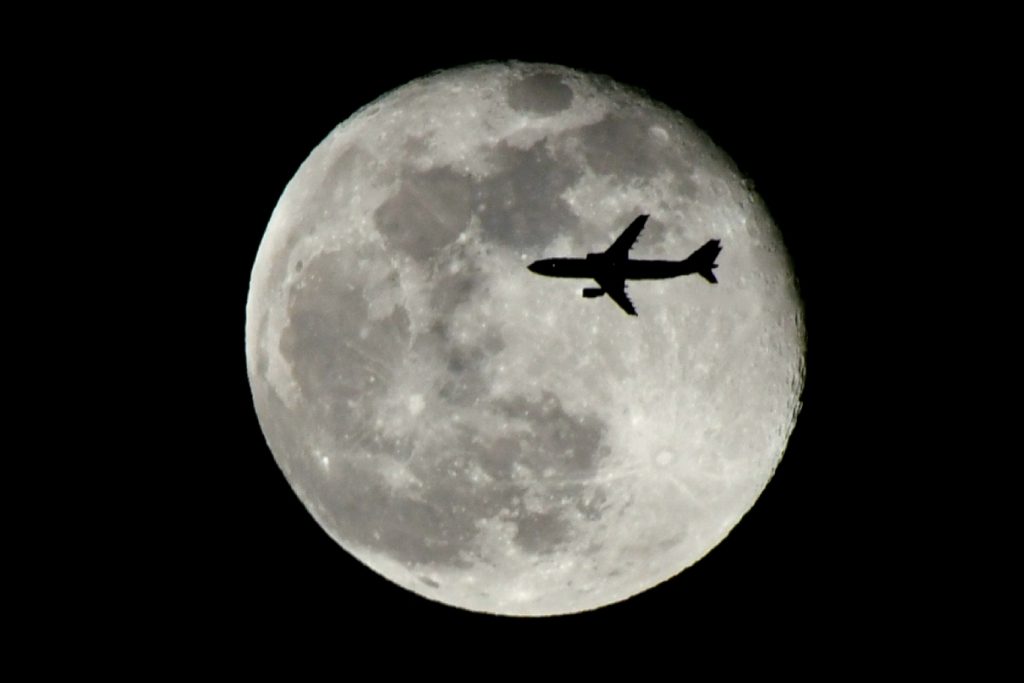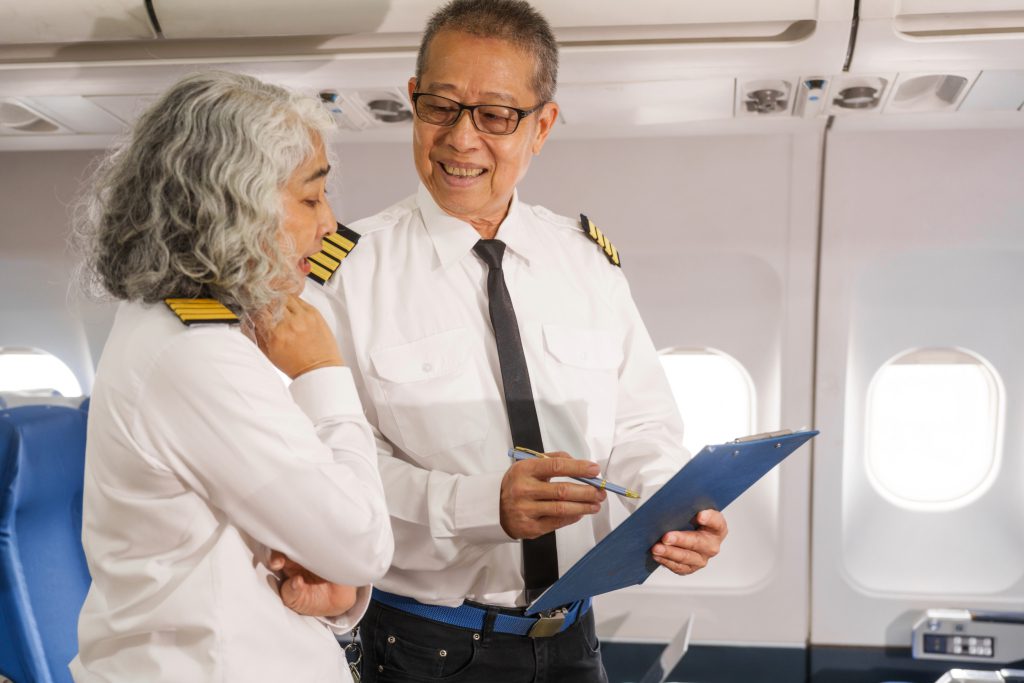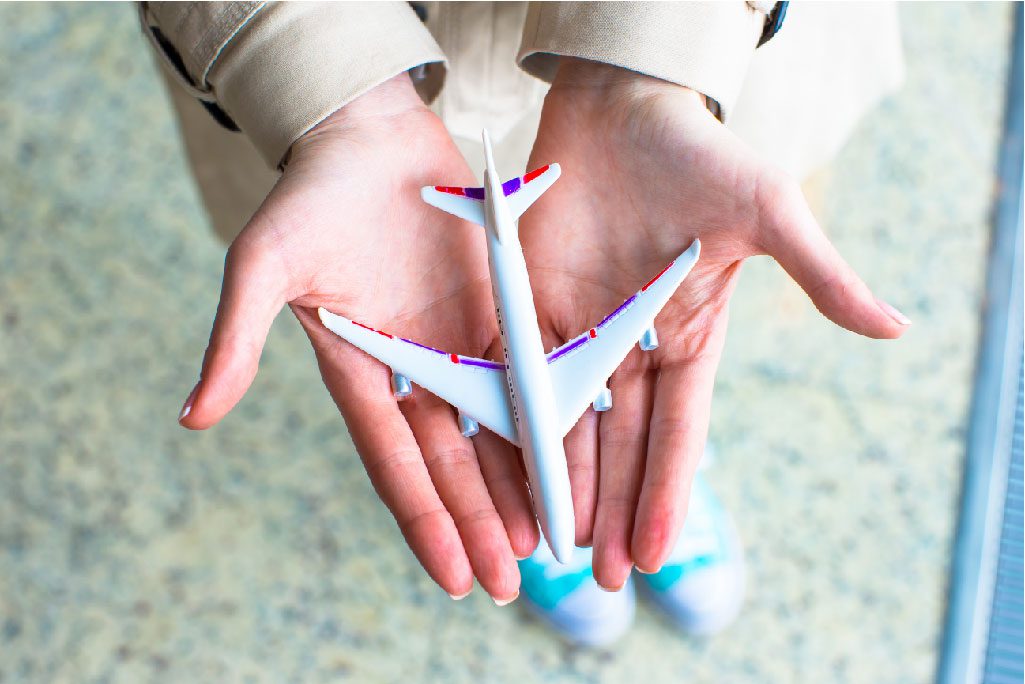Earlier in the year, the UK Civil Aviation Authority (CAA) followed in the podiatric approach by carrying out a public consultation meant to solicit the public’s opinion about its suggestions on simplifying the process of licensure for pilots (Aeroplanes Consultation Response Document). The proposed changes seek to make the long procedures less time-consuming and rigid for both upcoming and existing pilots. As for the CAA, the overall impression was also overwhelmingly positive as topline mentioned earlier, the authority managed to cope with over 640 responses, and they came from a wide range of participants, including private pilots, instructors, and training organizations.

Key Areas of Support
Experience qualifying for PPL(A)
The consultation brief presents proposals as regards the current experience requirements for the Private Pilot License for Aeroplanes (PPL[A]). At present, potential future pilots must adhere to time- and circumstance-specific requirements. In the case of the CAA’s proposal, these processes would be made less inflexible by allowing certain flight hours completed on microlight aircraft to contribute toward PPL (A). This would make it easy to shift from microlights to a bigger range of aircraft and make such training cheaper and more recognized while appreciating the level of training a microlight pilot goes through.
Class Rating System
Another key focus was on the class rating system, which is one whereby one has to do separate renewals for each aircraft type possessed. Most of the test population agreed they should be looking into pushing for further changes in this process to make it more efficient. Achieving a more collective disposition on classification rating would minimize the administrative burden on pilots who operate different types of Ts without compromising safety standards.
Sub-ICAO Aeroplane Licence
In the UK there was consensus that there needs to be one basic sub-ICAO licence in UK And this submission will make licensure of the local pilots easier, providing cheap licensure when safety is not a rated concern. By creating a pilot license within the YAYAH, training of domestic-only flyers rotating so that regulatory provisions will be modified without any alteration or impact in trajectory safety and training would occur.
Class Rating Revalidation
The CAA wants to correlate Class ratings, especially SEP, TMG, and microlight renewals. The majority of the survey respondents were in favor of retaining flight experience components within the revalidation process and also of uniformity for the requirements regarding all ratings. Currently, pilots are hindered by the variations in revalidation rules, so it would be more convenient for instructors who have various ratings in the future, as only one procedure will be followed. He will then be expected to be current with less backroom work.
Theoretical Knowledge
There are suggestions to cut down the number of theoretical exams for the PPL(A) from 9 to 7, combining them such as Operational Procedures with Air Laws, for instance. This reduction would keep the total number of questions unchanged while reducing the burden of retaking exams by the pilots.
Other Areas of Support
There were also some other areas where it was felt that the CAA’s proposals warranted support. These included the recent proposals on the procedures for Instrument Ratings, sailplane and aerobatic ratings, and flying non-Part 21 aircraft. In all these areas, the CAA’s proposals were viewed as commendable as they aim at improving the system while upholding safety and compliance.

Bothersome Suggestions
As noted in the introduction, most of the CAA’s approach has been well received; however, some subsequent suggestions have caused discomfort, particularly the proposed reduction of the required flight time for a PPL(A), currently set at 45 hours, to 35 hours for PPLs with ATOs. Critics argue that this reduction in flight hours could limit students’ learning and potentially impact safety.
Reforming the Licensing Procedures
Over two-thirds of respondents (65%) also supported discontinuing the issuance of new UK PPL and Air Navigation Order (ANO) licenses in favor of adopting a simpler system without these annexes. This reform aims to eliminate unnecessary, redundant, and sometimes overlapping licenses, making the process less burdensome for both new and current pilots.
To address issues related to policies and regulations involving Absolute Establishments and Management Approval pressure within the CAA, this change must be implemented.
Conclusion
While there are controversies, such as the proposed reduction in flight time, the overall attitude towards the CAA’s proposals has been positive. Throughout these changes, the authorized body will need to focus on improving efficiency and adaptability while maintaining a high standard of training and safety in the aviation sector.

